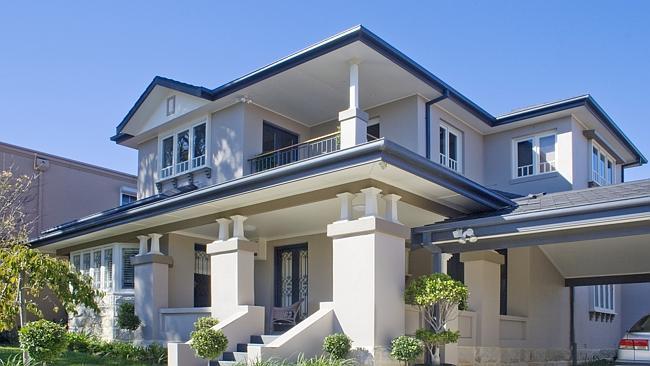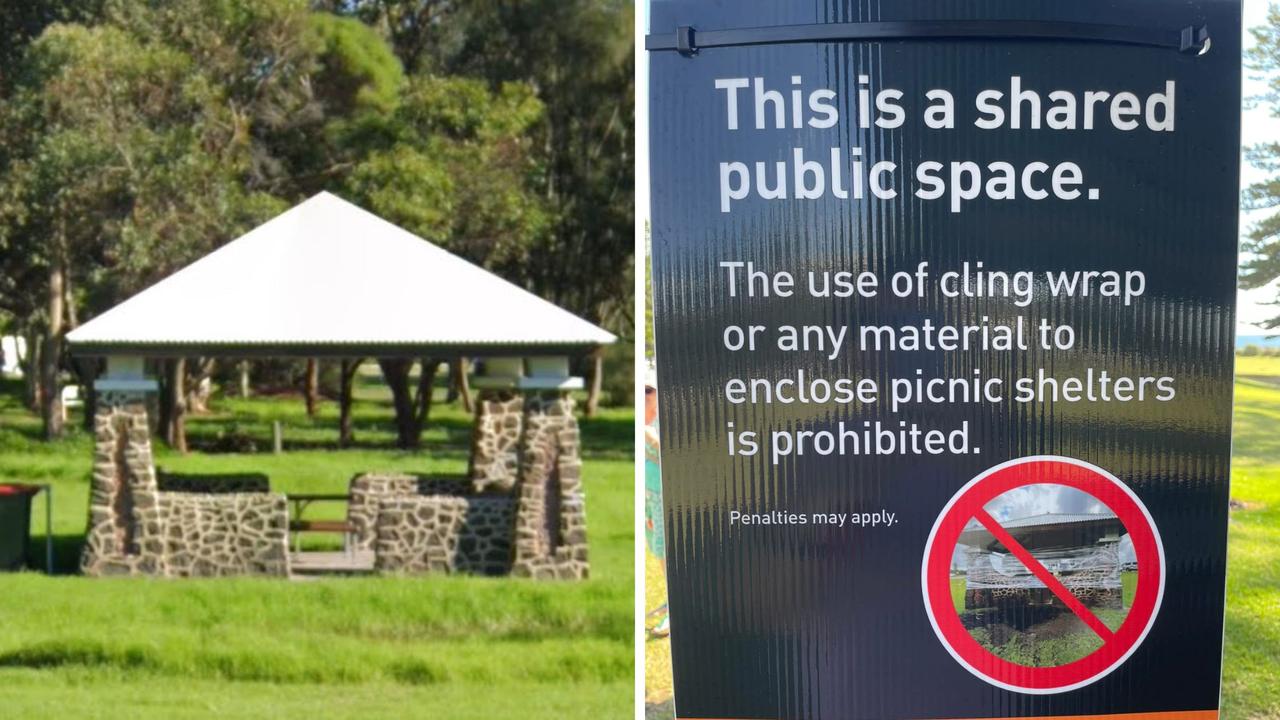Rising costs of stamp duty breathes new life into second storey trend
After the hammer falls, if you’re not sweating your mortgage already, then tacking on the price of stamp duty might make your heart beat a little faster.

Home
Don't miss out on the headlines from Home. Followed categories will be added to My News.
With residential real estate prices soaring in rocket fashion, it’s not just the exorbitant house price tag that leave much to be desired. After the hammer falls, if you’re not sweating your mortgage already, then tacking on the price of stamp duty might make your heart beat a little faster.
On a $1m home purchase, which in Sydney is becoming a frightening standard, the stamp duty alone is almost $41,000.
Moving home is less attractive when you have to calculate what you stand to lose, so building up has become the go-to solution for families who want more room to move, without actually having to make a move.
Cape Cod Australia managing director, Robert Moerman, who runs an extensions and home additions company, says the cost of stamp duty has certainly seen a surge in homeowners wanting to make the most of what they’ve already got.
“I would suggest second additions are more prevalent now than ever. The rate of stamp duty has not changed, but the value of property certainly has and that’s adding a huge amount to the price of a new home,” says Robert.
It will cost you more than $40,000 for a second storey addition, with a general estimate putting an addition of 50sq m at about $120,000. That would get you an extra two bedrooms with sitting room and ensuite.
First stop council
It stands to reason that if you were going to go to the effort of building up, you’d want to maximise the amount of space you get above. After all, how many opportunities were you going to get to rip off your roof?
Thinking you can simply build directly on top metre by metre would be a big mistake.
Robert says councils from Penrith to Bondi and everywhere in between have their own conditions which you must adhere to, with older suburbs the most stringent.
“If you look at suburbs like Bondi, there may be some homes which were built to the boundary in their time, but there is no way you can replicate that today. You have to work within the existing footprint, and then take into consideration shading on the neighbours and blocking out views,” he says.
“In Penrith for instance, those regulations haven’t changed to the same extent and you have more flexibility.”
Checking in with your local council should be your first port of call, followed by working out what your ideal addition would entail and how far your could stretch your bank account.
Although Robert can get you a second addition at say $120,00, the same 50-oddsq could cost you $500,000 if you wanted richer materials and finishes.
On top of things
Being forewarned is forearmed, and when it comes to renovations and additions, homeowners need to know all the facts.
Your home, as it is, may struggle with the weight of a second storey addition. Depending on what materials where used to build it originally, combined with the condition of the home, underpinning may be required, which will throw out your math.
Robert says, in his experience, evening out about ten tonne over 50sq m, would be doable on most people’s homes.
“I would say that 98 per cent of homes need nothing. The trick is to spread the load out and rarely would underpinning be required,” he explains.
“You may need to put in steel posts with one extra pier, which isn’t a major drama.”
Cape Cod can build a second storey to your specifications, including matching what is already there. Bearing in mind brick is the most expensive materials, other options include polystyrene in lieu of blue board sheets, weatherboard, and if your budget allows rock face, sandstone or Weathertex cladding and other commercial finishes.
Keeping costs down
Adbuild Constructions owner, Craig Smythe, says there are smart ways to keeping costs down when going up.
Keeping the wet areas and services in one line should be a priority. Running the lines across the home will add to your bill substantially and will be more of a challenge for the tradies.
The other thing to consider is electrical,” he says. “Once you take the roof off the house the electrical cables and service pipes from the bathroom and air conditioning tubes will all be exposed so you have to waterproof the house as quickly as possible.”
That involves putting on a custom tarpaulin that is heavy duty and durable and will remain up for the whole process.
Instead of having to fork out for short term accommodation during the constriction period, most families choose to stay put during this disruptive period.
“Because most people stay in the house you have to make sure it’s a safe environment. You only have the Gyprock ceiling between the workers and the family below.”
Craig says a basic second storey addition should take about two-to-three months to complete, including putting the roof structure on external sarking, downpipes and eaves.
He says if you’re taking on the job owner builder, the best advice to remember would be to have all the trades locked in one after the other.
“If you are living in the house, it will feel like an eternity living with a work site above you. There is a lot of noise and a lot of dirt that you have to put up with and you want the process to be as quick and smooth as possible,” he says.
“I have seen particle board flooring which was exposed to the elements for five months.
“You can do a moisture read to make sure it’s structurally sound, but you don’t want that flooring to be exposed for more than three months. Once the roof comes off, you want things to move as quickly as possible.”
Craig says it can be odd working on a job site while people live below, but he takes it in his stride.
“The good thing about them living there is that they can see the progress everyday, and it’s like a marriage, we treat each other with respect.”
More
Adbuild Constructions adbuildconstructions.com.au
Cape Cod Australia capecod.com.au


